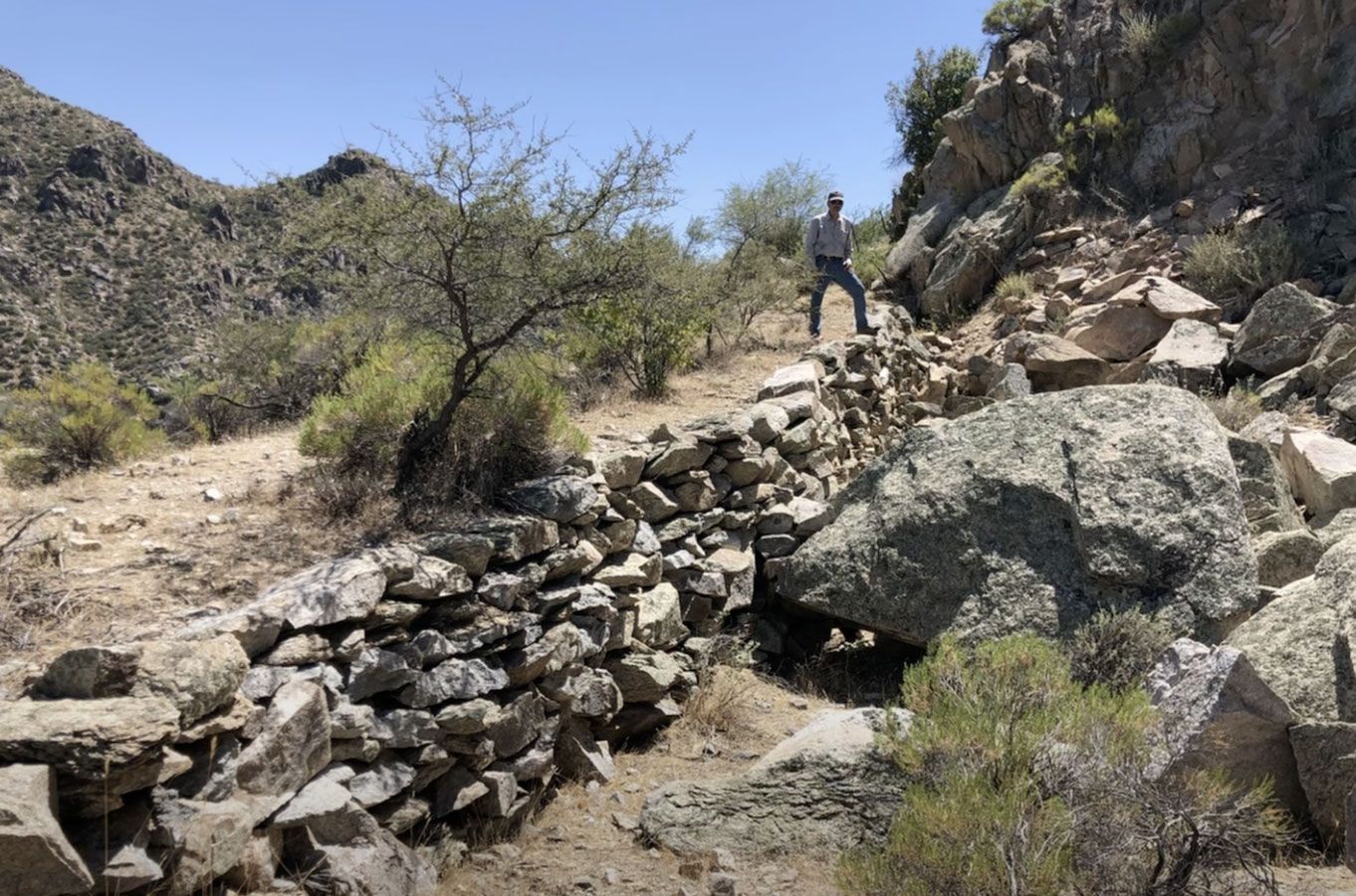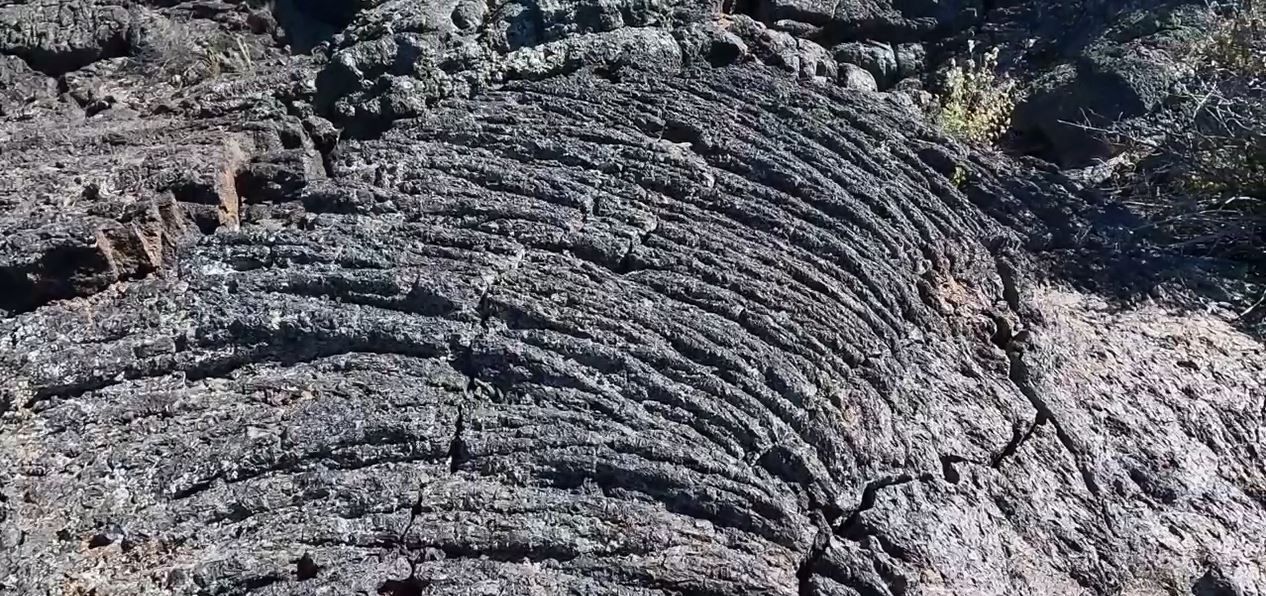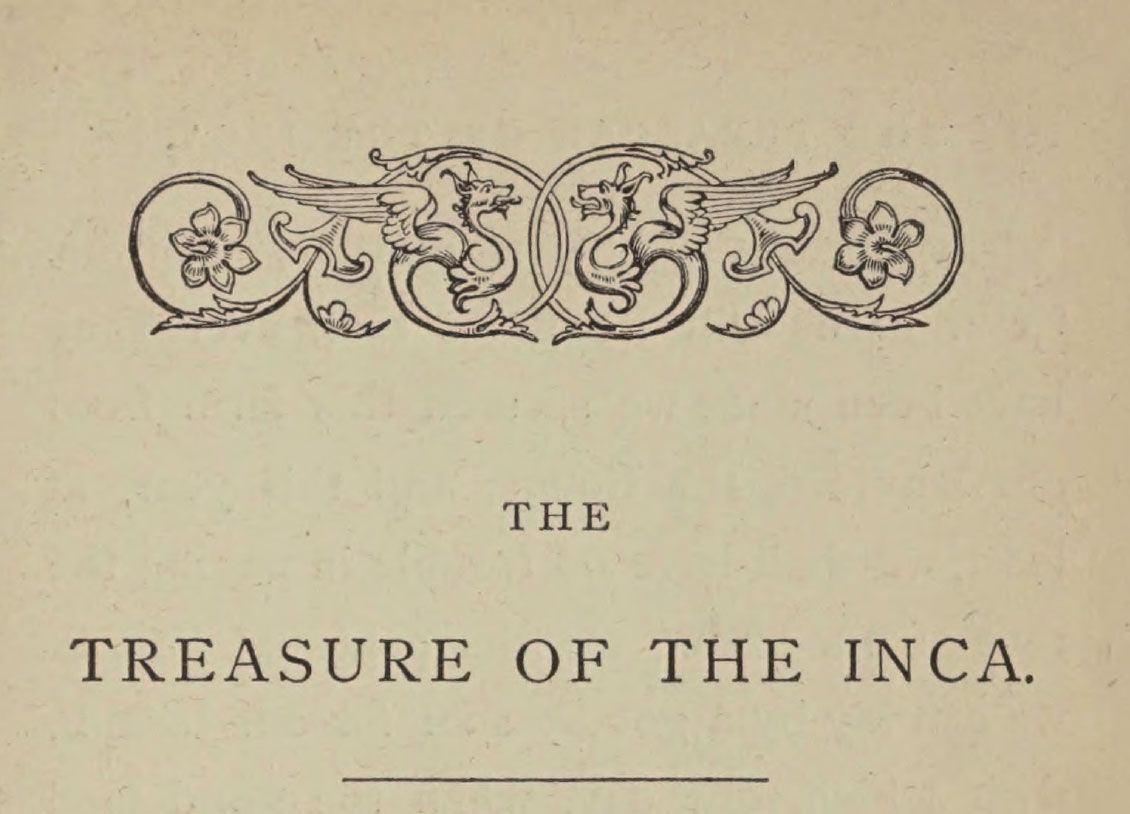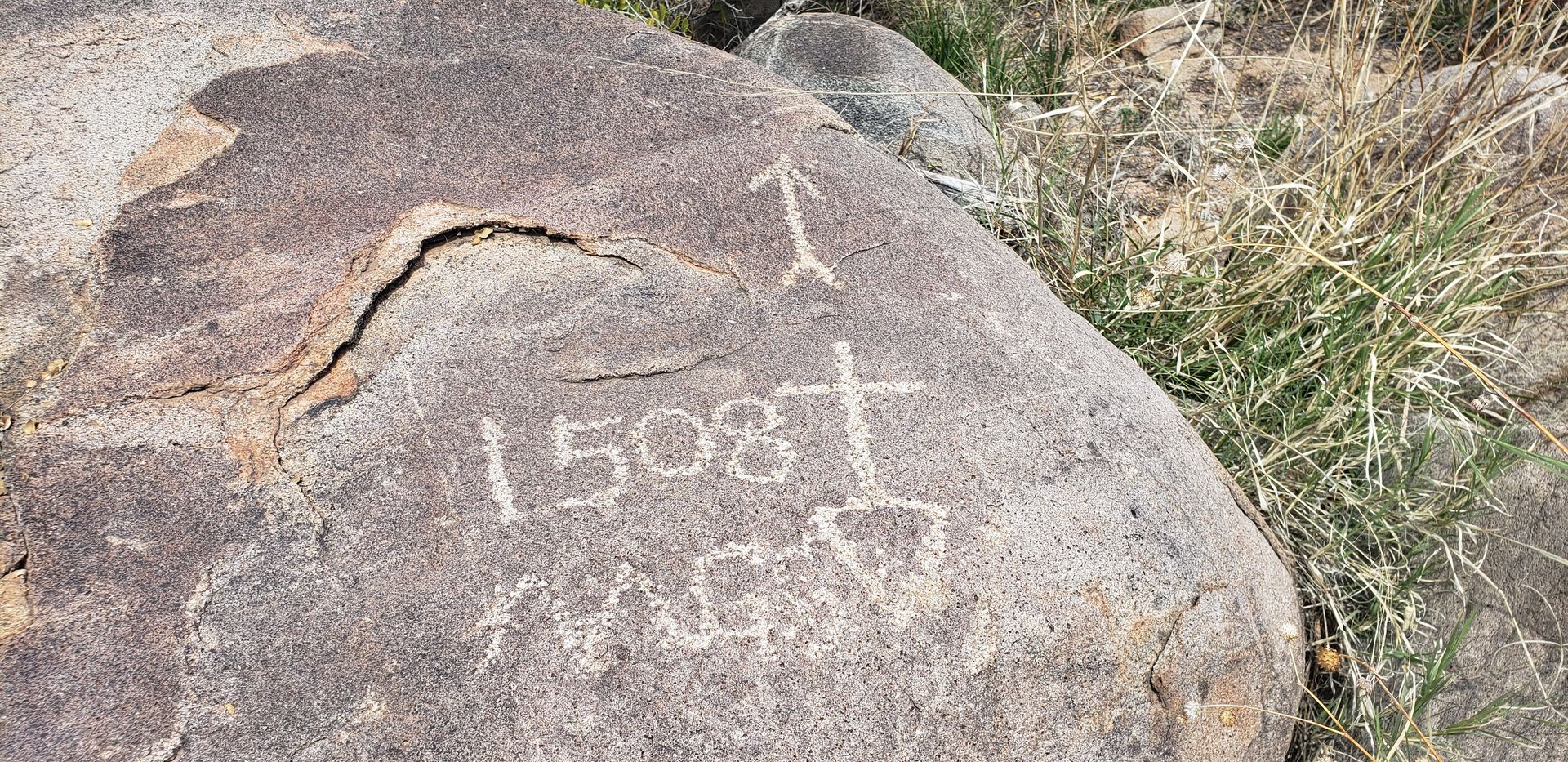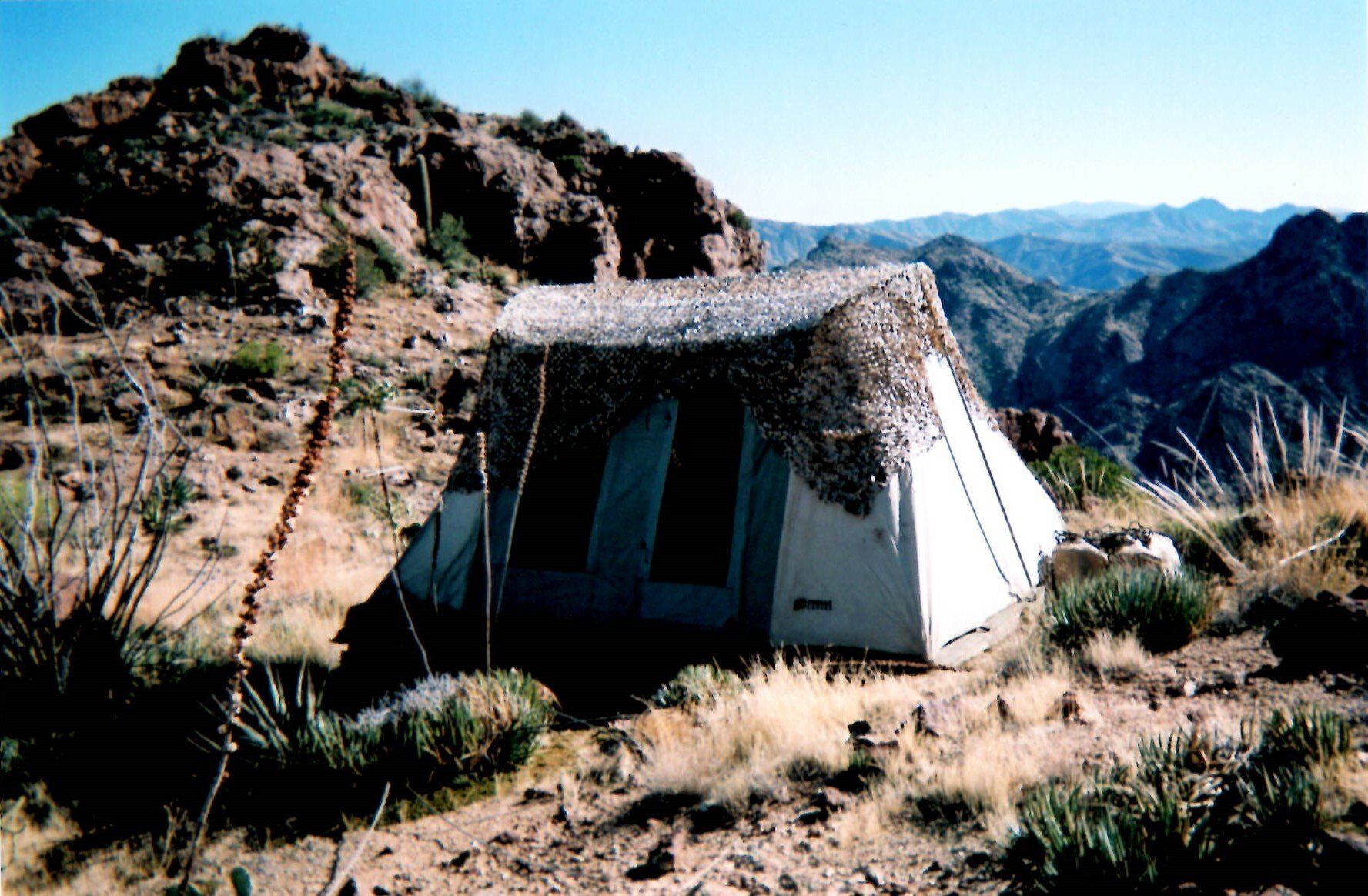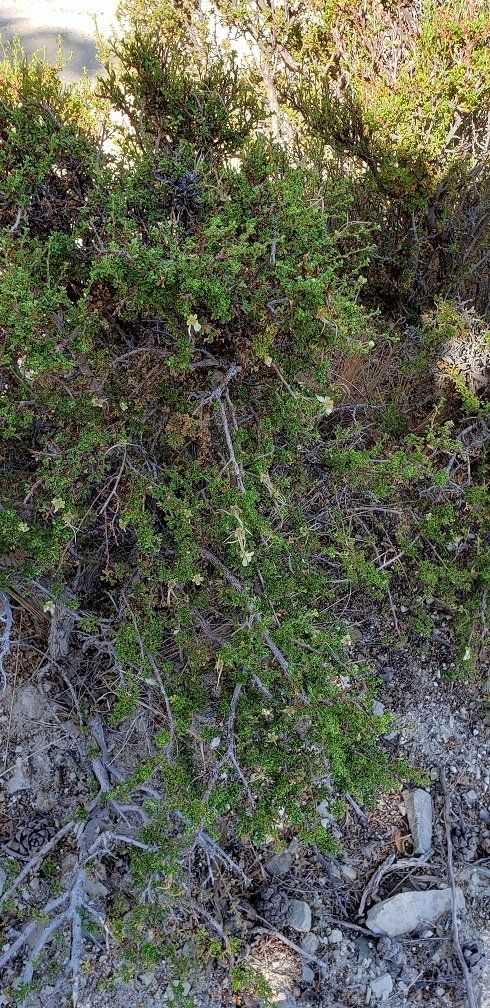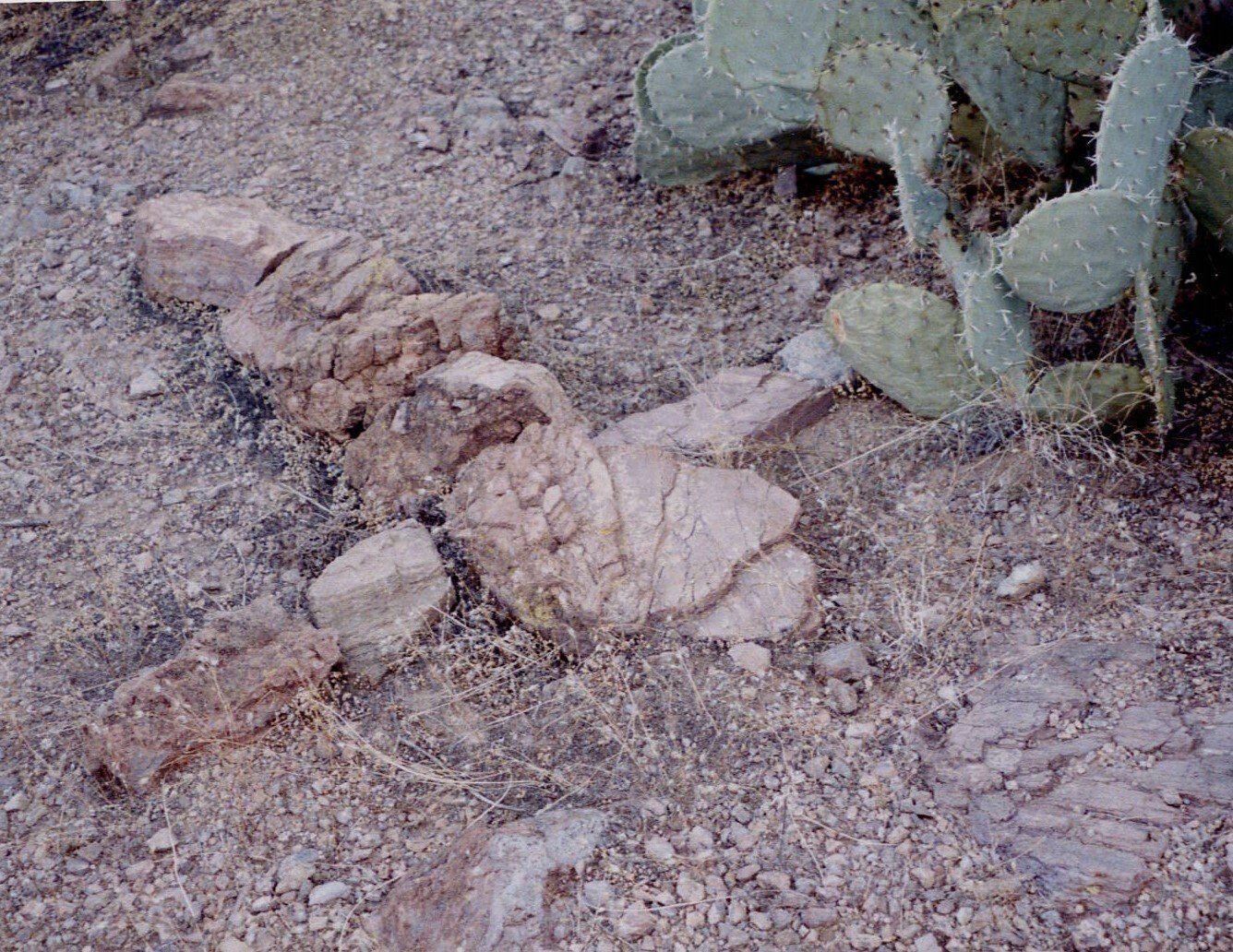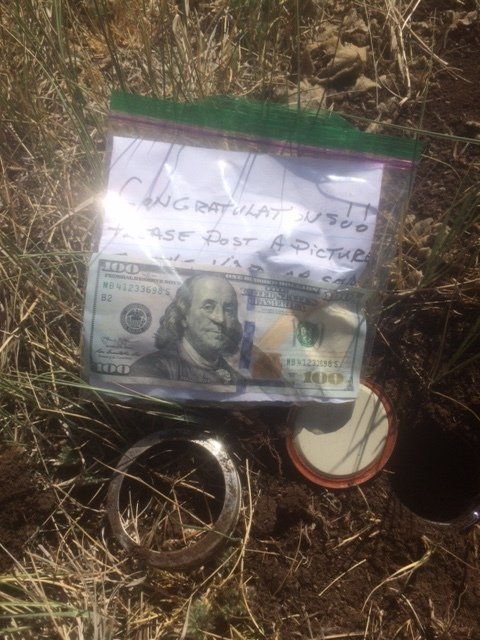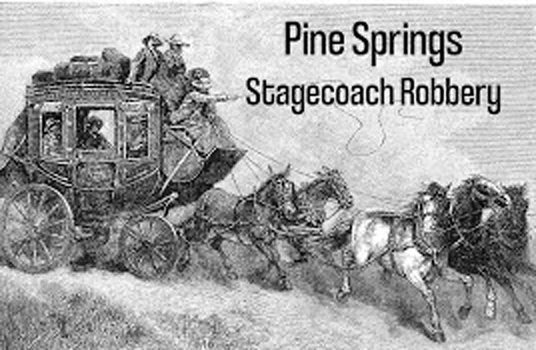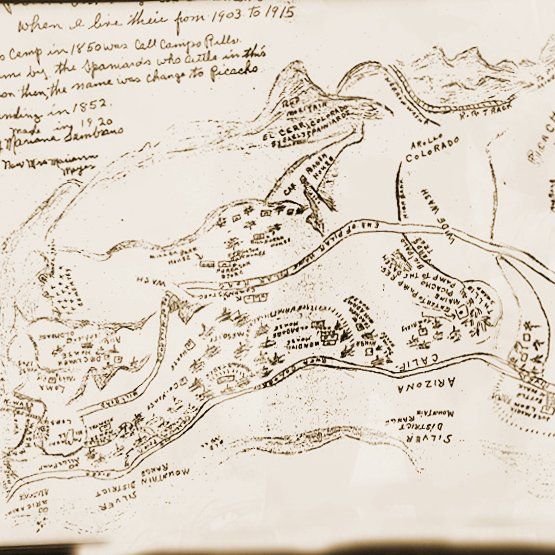“GOLD” in the Medicinal Properties of Desert Plants
This video is based on what was told to me by John, whom I mention in my book, who told me many of the treasure stories I wrote about.
John was born in a small mining town in the early 1900’s and when he was a little boy, he often time played with the little Indian children in the area. At about this time he came down with pneumonia and one of the Indian families, that lived close by, gave his father some type of weed to boil up as a tea to drink for the pneumonia.
John said he drank the tea before going to bed and when he awoke in the morning his pneumonia was gone. Over the years he said he went back several times to stock up on the weed and it was located not far from the old mining camp, now gone, in the New York Mountains. John said the mining camp had a railroad at one time coming into it and the camp was located somewhere south of Nipton, California. He never gave me a name of the mining camp and only said it was completely gone now.
I was producing a video on a lost silver vein in the area when I decided to look for the old mining town John told of. What I found was a name of an old mining town on a topo map that looked like it had a railroad going through it at one time. The name of the old town was Barnwell, CA and it was located about 12 miles or so south of Nipton, CA by the way a crow flies. The road out to it is gravel and rough in some spots but I believe this is the town John talked about. The old railroad bed is still visible, but ruins of the old mining town have pretty much disappeared.
The New York Mountains surrounded Barnwell, so I studied the topo map and ventured to the south towards a higher part of the mountains. John said that the weed he collected for the pneumonia could be found at an elevation between 5,000 and 6,000 ft.
Join me as I look to see if I can find this mysterious weed John talked about and showed me over 25 years ago. Can I identify the weed after only seeing it once? And what is this weed?
